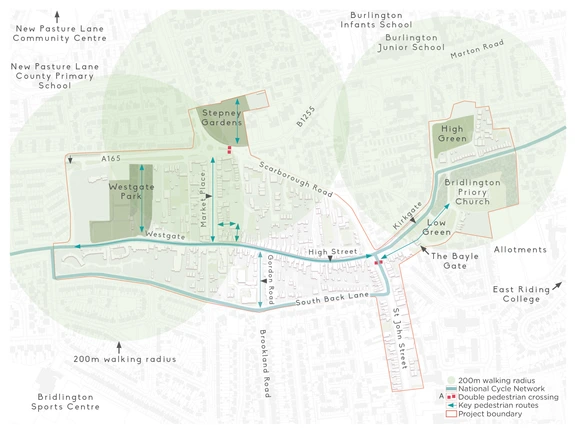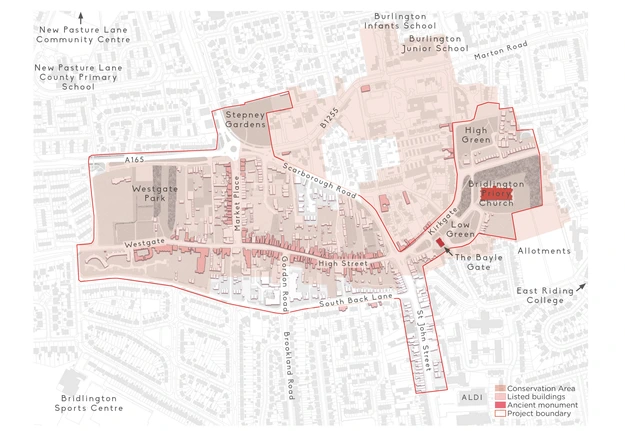BRIDLINGTON FEASIBILITY STUDY
LOCATION : BRIDLINGTON, EAST YORKSHIRE
DATE : 2024 – 2025
PROJECT TYPE : PLACE-MAKING
COLLABORATION : ETHOS CONSULTANTS
PHASE OF WORK : FEASIBILITY STUDY
In the autumn of 2024, Iglu Studio was invited by Ethos Consultants to collaborate on a new feasibility study for the town of Bridlington for the client, East Riding of Yorkshire Council. The brief required exploration of place-making proposals to improve Bridlington’s Old Town and the identification of potential strategic connections to the town centre and harbour as part of a combined Destination and Connectivity Feasibility Study.

URBAN EXPANSION FROM 1850-2025

EXISTING CONNECTIVITY INFRASTRUCTURE
Bridlington Priory was founded in 1133 and formed the core of the Old Town. It was also later granted a port, Bridlington Quay (the harbour). These two settlements functioned separately until they were merged in the early 19th century. During the Victorian era, Bridlington became a popular seaside destination due to the emerging belief in the curative properties of salt water. Furthermore, after the construction of the railways in 1846 the coastal town became more accessible to the public who started to visit the seaside town and resort in greater numbers, leading to the economic focus of developing the town centre and harbour.
Whilst the economic focus of Bridlington has shifted, the heritage, cultural assets and historic buildings of the Old Town remain, many dating from the 17th, 18th and 19th centuries, located on the High Street and immediate surroundings.

BRIDLINGTON PRIORY
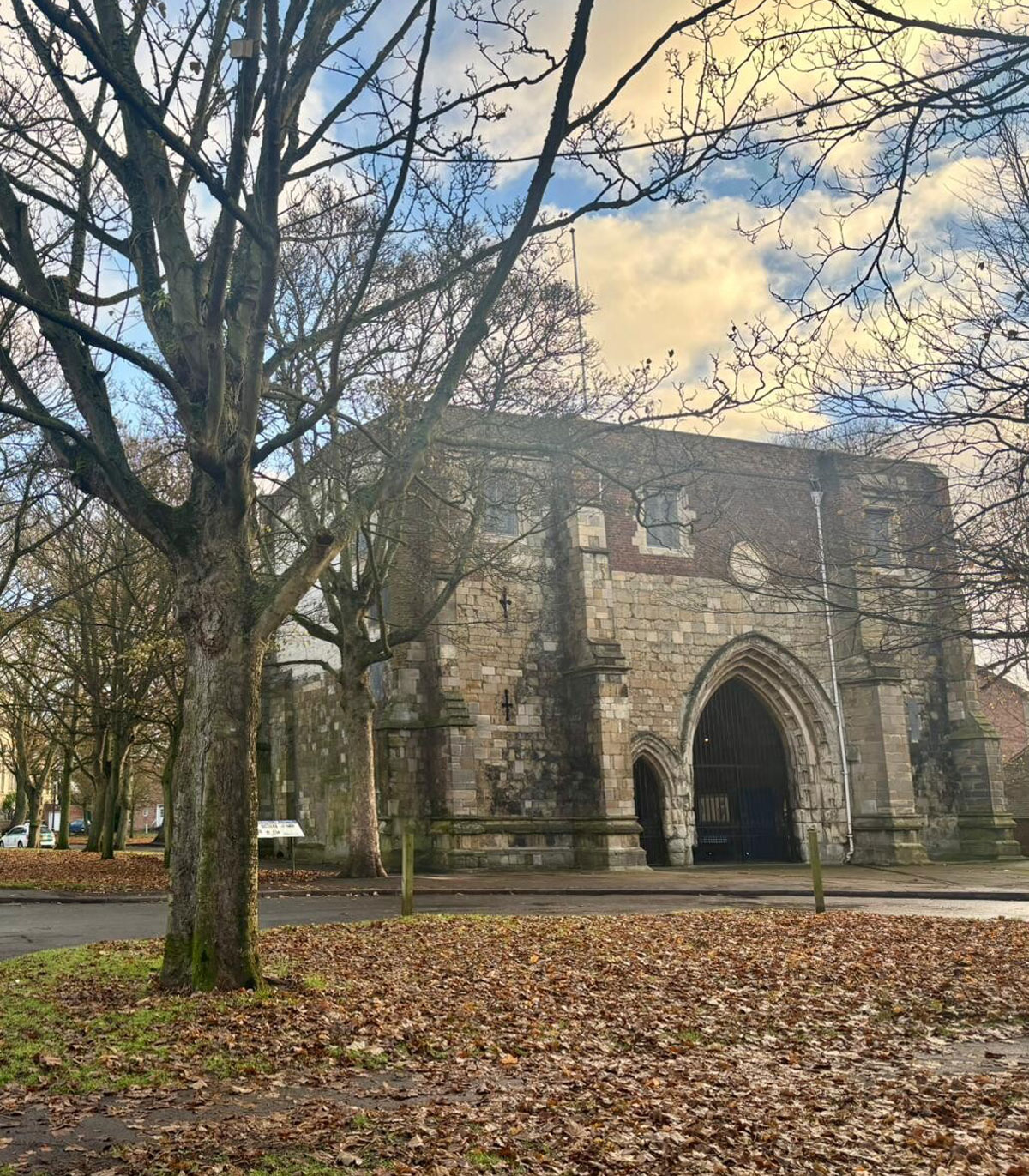
THE BAYLE GATE
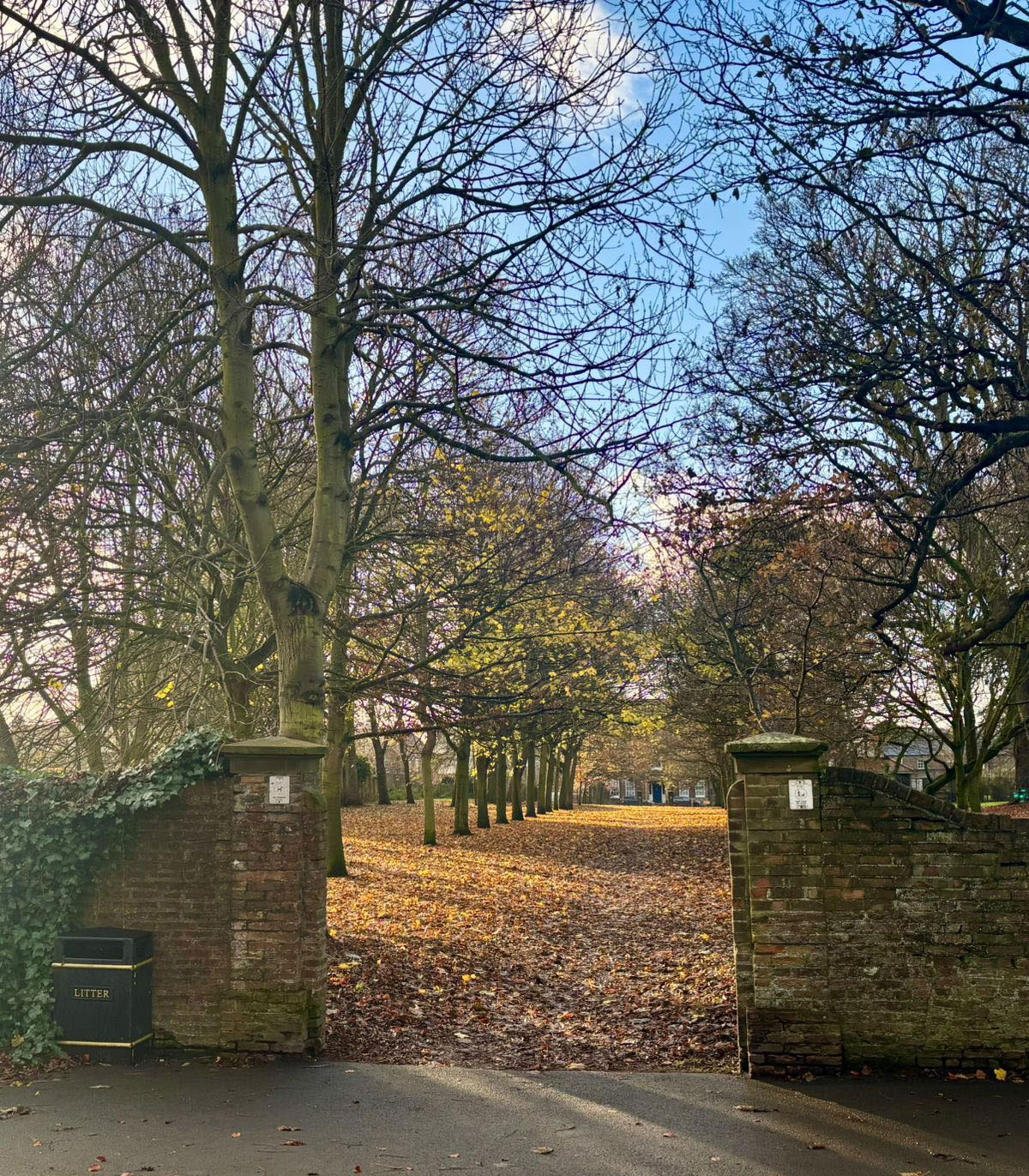
WESTGATE PARK
The strength of Bridlington’s Old Town is its historic core. The Old Town is characterised by the little-altered medieval ‘main street’ structure comprised of Westgate, Market Place and the High Street. The High Street demonstrates a traditional “fishbone” street pattern with narrow closes, passageways and courts leading off the central spine and extending to the open green spaces at the Westgate Park, the Priory Church, and High and Low Green.
There are several green spaces which are accessible to most residents within the Old Town boundary at only 200m walking distance.
The concentration of Bridlington’s historic buildings is focused in the Old Town with 105 out of nearly 400 dwellings in the Old Town Conservation Area listed buildings. This is in addition to the two ancient monuments (the Priory Church and the Bayle Gate) located to the east of the Old Town.

EXISTING CONDITIONS DIAGRAM
The challenges facing retail are impacting our historic town centres and high streets……In recent years, out of town retail sites, changing shopping habits and the growth of online retailing have all challenged town centres. As the number of people visiting and the range of shops to be found in town centres has changed, there has been a related impact on the local historic character of town centre buildings, their range of uses and street patterns. These may well be permanent changes.
Based on discussions with the community and the client, four aspects of the Old Town in particular were to be addressed through the proposals for the Feasibility Study:
1. Public realm (streets and spaces)
2. Greenspaces
3. Heritage and culture
4. Connectivity

WESTGATE PARK PROPOSED ENTRANCES + AVENUE UPGRADE
Anecdotal evidence, supported by on-site observations, suggests that whilst the existing green spaces are underused by locals, due in part to design issues, concerns over safety and a lack of facilities, they are a valued asset and the enhancement and improvement of these should be a core priority.
Westgate Park as the largest of the greenspaces has significant potential to be upgraded with new play facilities, street furniture and resurfaced footpaths.
In addition, the introduction of ecological/dark skies approved lighting would provide wildlife friendly lighting whilst also improving safety for visitors to the park. A series of co-designed communal benches along the new active travel path could provide opportunities to engage with local school children and residents.
The development of a strong green spatial framework will not only improve the aesthetic and environmental quality of the Old Town but also future-proofs its long-term sustainability and the health and well-being of its residents.
EXISTING SOUTHERN ENTRANCE TO WESTGATE PARK
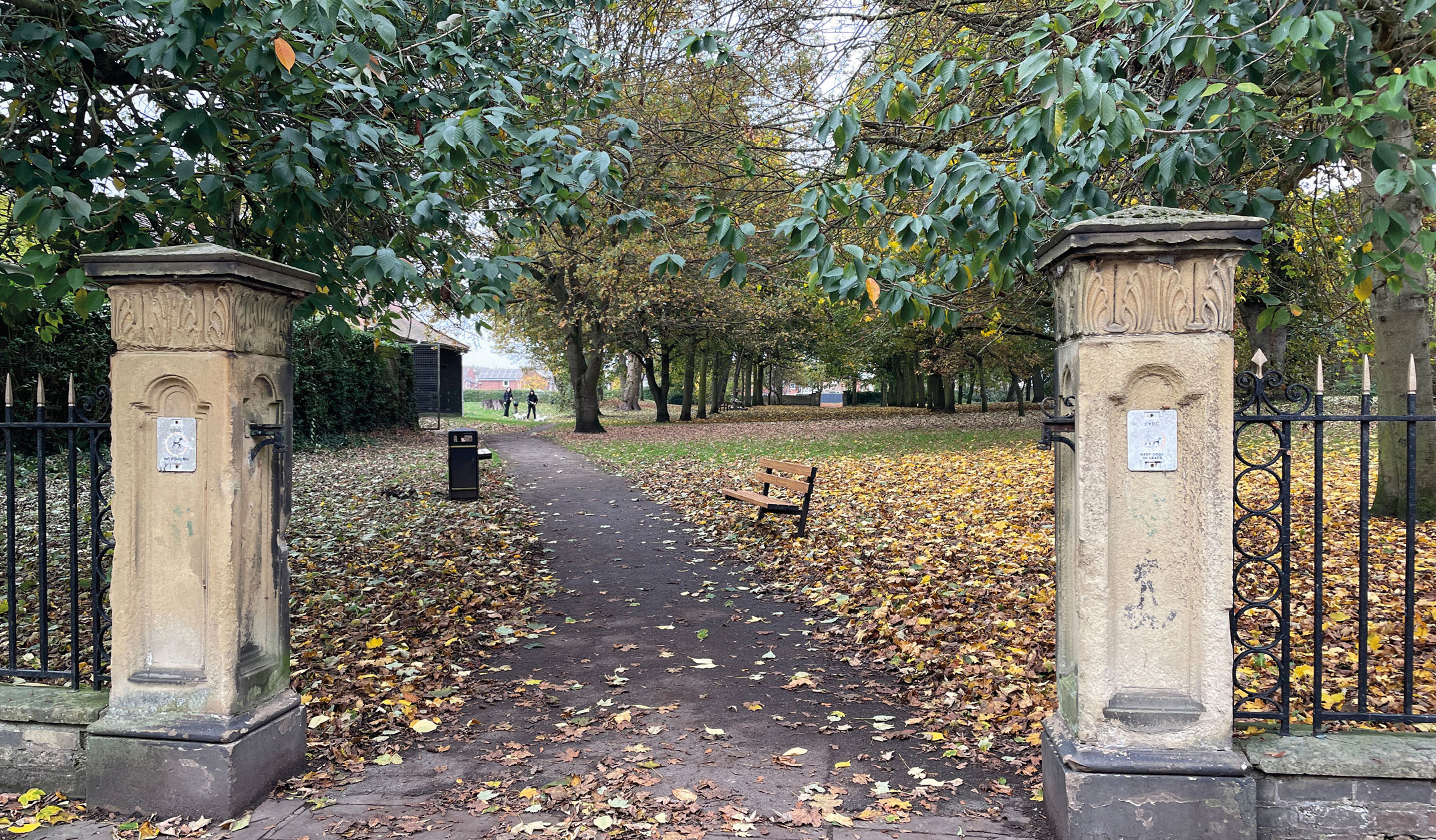
PROPOSED UPGRADE TO AVENUE
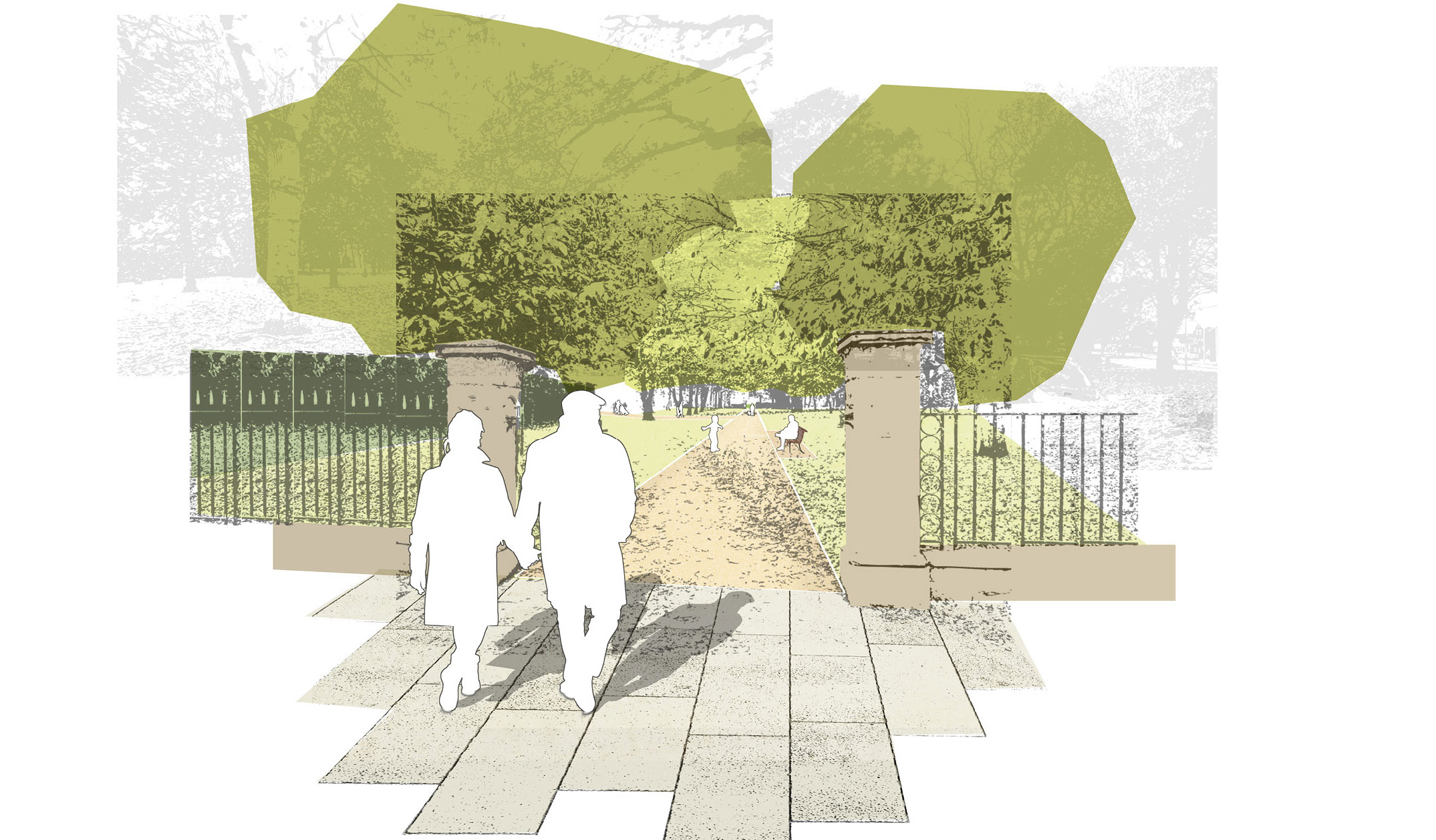
IDEAS FOR FUTURE CHANGE
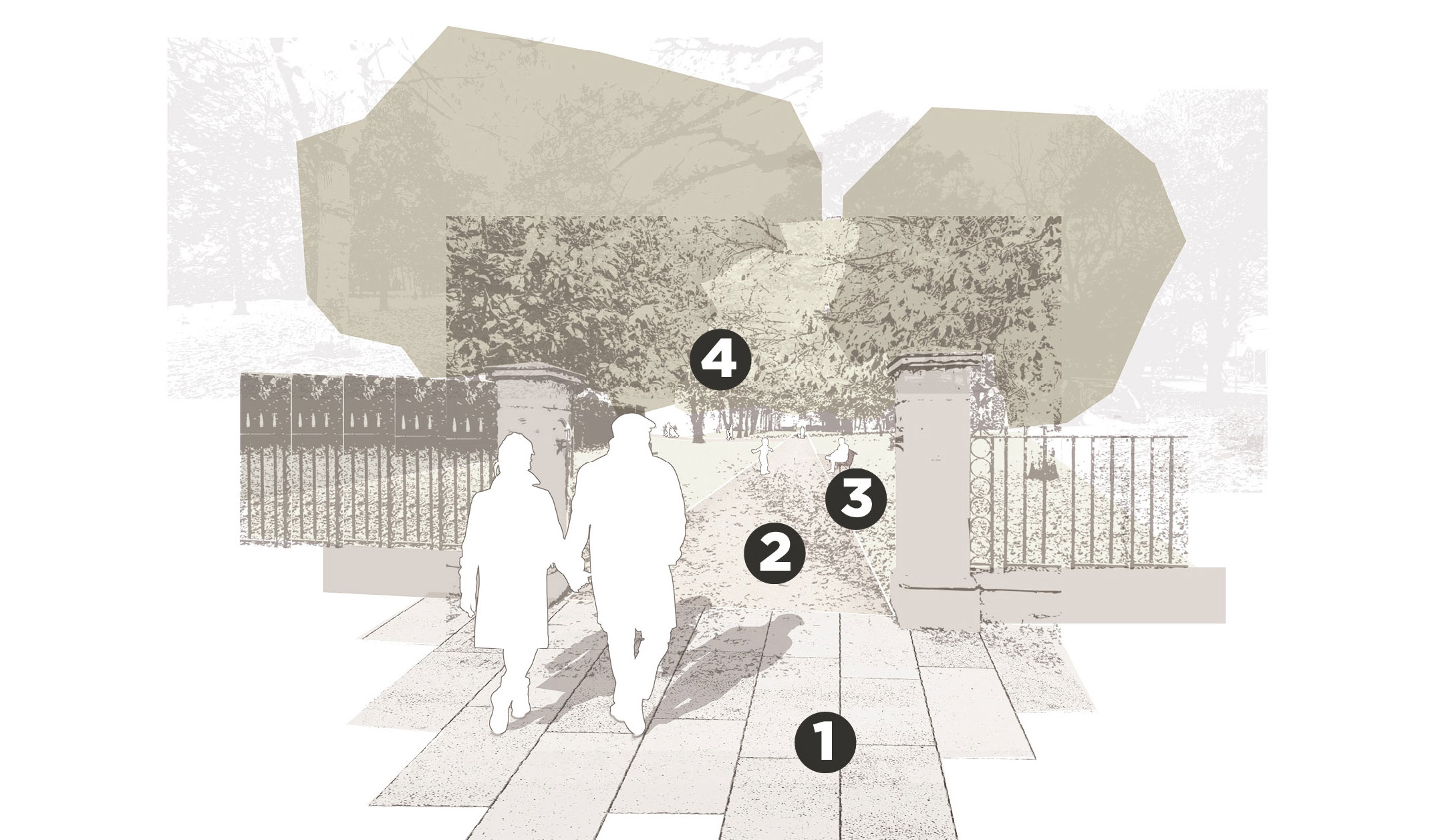
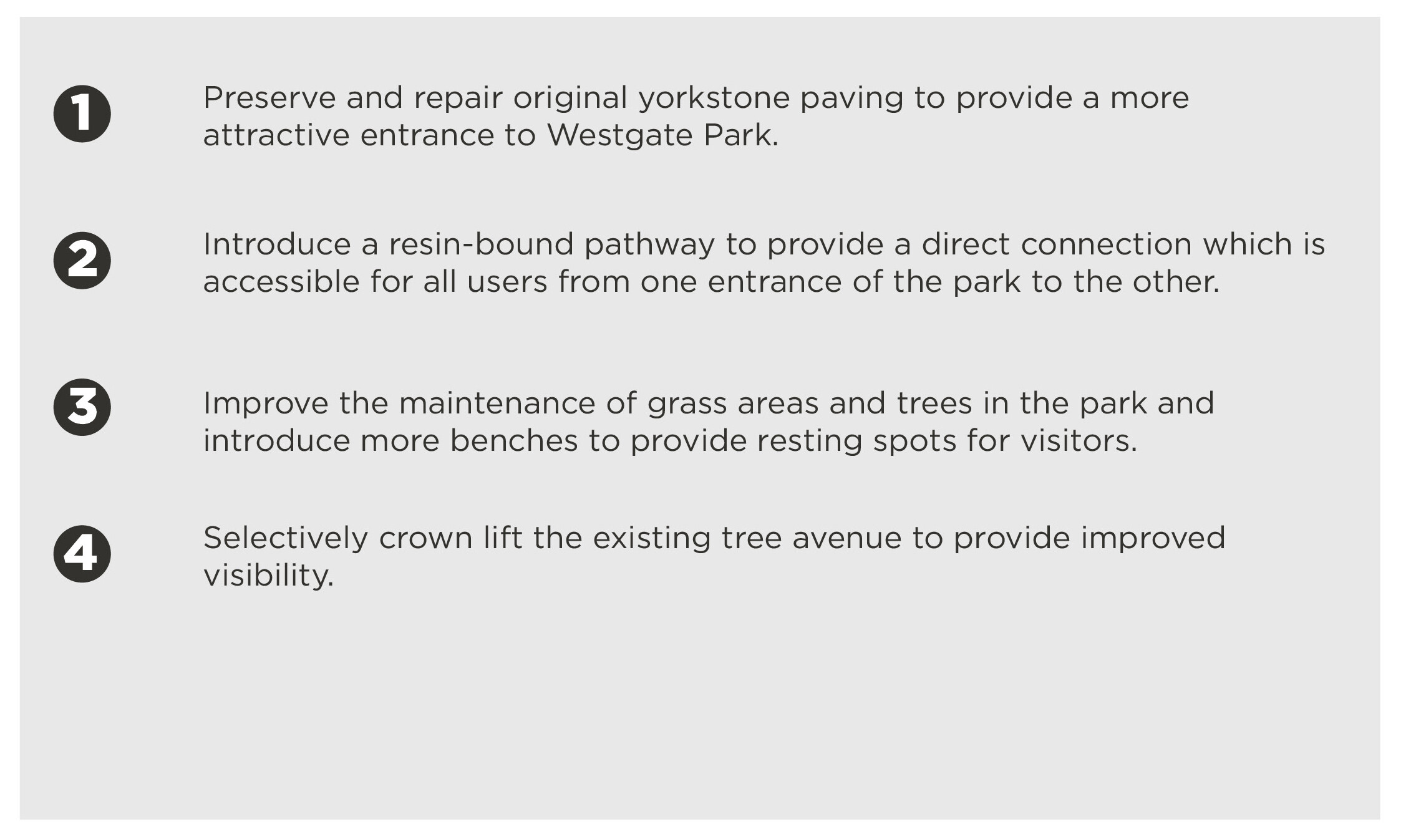
This green space example, and the other proposals in the Feasibility Study reflect a commitment to preserving the unique character of Bridlington Old Town while adapting it for contemporary use, ultimately fostering a thriving, dynamic, and inclusive community. The true success of this vision lies in understanding that Bridlington Old Town should be a place where history, culture, and innovation come together, creating a welcoming environment that meets the needs of both present and future generations.


